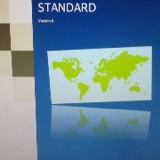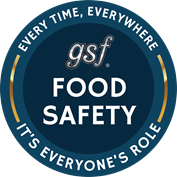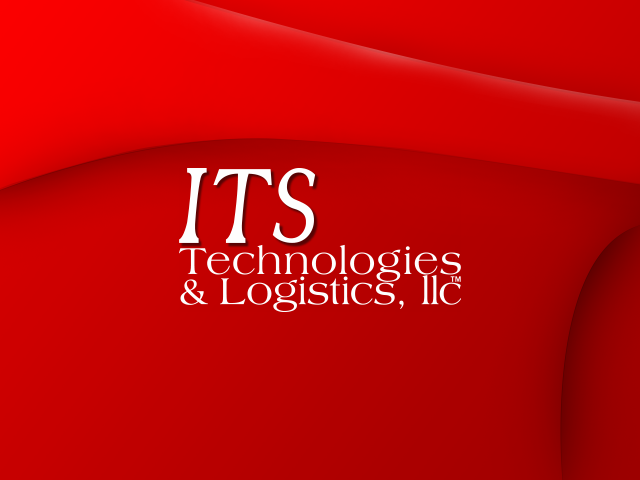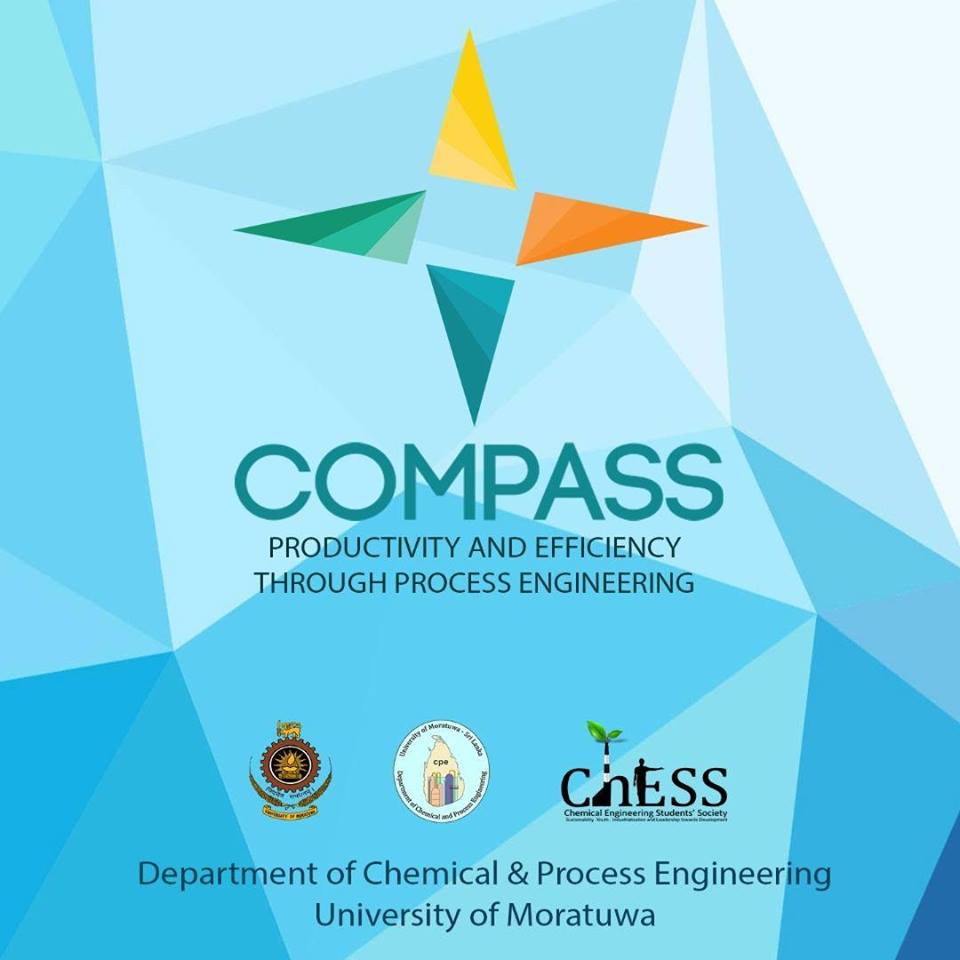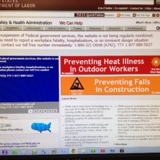Information
-
Document No.
-
Audit Title
-
Client / Site
-
Conducted on
-
Prepared by
-
Location
-
Personnel
10.1 - EMPLOYEE FACILITIES (BASE)
-
Employee facilities (including rest areas, toilets, and locker areas and changing areas) must be provided and maintained in a clean and hygienic condition.
10.2 - SMOKING (BASE)
-
Smoking must not take place in food production and storage areas, offices and workshops with direct access to production and storage areas.
-
Smoking areas must comply with local legislation.
-
Where provided, smoking areas must be maintained in a clean condition and have bins for smoking debris. Smoking debris must not be disposed of on the floor.
10.3 - TOILETS (BASE)
-
Toilets must be segregated and enclosed from production and storage areas by a minimum of 2 doors with an intervening ventilated space, and the doors are kept closed when not in use.
-
Hand wash sinks and drying facilities must be present.
-
Hand washing signs must be displayed in toilet areas.
10.4 - PERSONAL PROTECTIVE EQUIPMENT (PPE) (BASE)
-
The requirement for PPE must be determined by a thorough and documented site risk assessment.
-
PPE and uniform must be maintained in a good condition, and be clean and hygienic.
-
PPE must be worn for any hazardous activities. PPE for hazardous activities must be stored securely with restricted access and only used for the intended tasks.
-
Frequency of changing PPE must be defined according to the risk of contamination of product.
-
Where used and appropriate PPE must be visually distinctive for staff in specific areas/roles e.g. cleaning, maintenance and laboratory staff.
10.4.1 - PERSONAL PROTECTIVE EQUIPMENT (MEDIUM)
-
PPE must be in place and changed daily.
-
Protective clothing must cover all personal clothing above knee height.
-
Protective clothing must be free from external pockets, buttons and prevent access to pockets in personal clothing.
-
Hoods on personal clothing must not be used and must be under the protective clothing.
-
Arms must not be exposed, unless risk assessment deems there is a risk to product safety from coat sleeves.
10.4.2 - PERSONAL PROTECTIVE EQUIPMENT (HIGH)
-
High area coats and hard hats must be captive to the area or protected from contamination until transferred into the area.
-
Protective coats must be visually distinctive from non-High area coats and be close fitting at the neck and cuffs.
10.5 - REMOVAL OF PERSONAL PROTECTIVE EQUIPMENT (BASE)
-
Coats/jackets must be removed before entering toilets, canteen and rest areas (including any designated smoking area).
10.5.1 - REMOVAL OF PERSONAL PROTECTIVE EQUIPMENT (MEDIUM)
-
Where knee-length coats are worn, these must be removed on leaving production/storage areas.
-
Where knee-length coats are not worn, on leaving production/storage areas, staff must remove/change the top layer of their PPE (excluding hairnets) e.g. remove aprons, or remove boiler suits, or remove jackets and change trousers
10.6 - HEAD COVERING (BASE)
-
The requirement for head and facial hair covering must be determined by site risk assessment.
-
Where the risk assessment determines hair must be fully captured (e.g. using hair nets and/or beard/moustache coverings),<br>- the changing procedure must protect PPE from hair contamination, e.g. hair covering must be put on first and taken off last. - Hair must be fully enclosed by the covering<br>- Ears must be fully enclosed by head coverings
10.6.1 - HEAD COVERING (MEDIUM)
-
Hair covering must be worn and maintained in a good clean condition and controlled as follows:<br>- Hair covering must be captive to the site. - Hair and ears must be fully enclosed by the hair covering. - Beard snoods must be worn to cover beards and moustaches. - Hair covering must be replaced if removed or changed daily as a minimum.
-
Where hair covering is worn for religious reasons a risk assessment must be completed and controls in place to manage the risk of product contamination.
10.7 - FOOTWEAR (BASE)
-
Footwear must be suitable, clean and appropriate to the activity being carried out.
10.7.1 - FOOTWEAR (MEDIUM)
-
Work footwear must be captive to site.
-
Where boot washes or footbaths are in use, these must not be positioned in production areas and must be cleaned at an appropriate frequency.
-
Where auto-dosing of chemical is incorporated, the concentration must be controlled.
-
Where used, shoe covers must be of appropriate quality to remain fit for purpose while in use.
10.7.2 - FOOTWEAR (HIGH)
-
Footwear must remain captive to the area and be visually distinctive.
-
Shoes with laces and shoe covers must not be permitted.
-
Scheduled footwear cleaning must be in place (daily as a minimum). Cleaning effectiveness and frequency must be verified through swabbing and visual assessment.
10.8 - EMPLOYEE CHANGING ROOMS AND LOCKERS (BASE)
-
All sites must have a dedicated space to allow employees to leave their own belongings and to change into and out of PPE.
-
Lockers must be kept clean and in good condition, and not be used to store food.
-
Where PPE is used it must be segregated from outdoor clothing.
-
Lockers must be kept clean and in good condition, and not be used to store food.
-
Where it is used, the general principle for PPE changing procedures must be prevention of contamination of the PPE where it could then contaminate product, e.g. with hair or after changing footwear.
10.8.1 - EMPLOYEE CHANGING ROOMS AND LOCKERS (MEDIUM)
-
Changing areas and locker rooms must be sited so employees are not required to go outside after changing into their protective clothing, including footwear.
-
The same must be applied to visitors/management and visitor/management changing areas.
10.8.2 - EMPLOYEE CHANGING ROOMS AND LOCKERS (HIGH)
-
There must be a step over barrier or separation in the changing area to ensure no contamination of PPE footwear from the floor by non-High area footwear.
-
The PPE changing procedures must include the following general principles: - put on a clean hair covering in the non-High area - remove non-High footwear - step over barrier/separation - put on High footwear - wash and dry hands - put on coat (or outer layer) if applicable - wash, dry and (where appropriate) sanitise hands - enter production area
-
On exit the procedure must follow the order below: - remove coat - remove High footwear - step over barrier/separation - put on non-High footwear - remove hair covering in the non-High area
10.9 - HAND WASHING FACILITIES (BASE)
-
Sufficient numbers of hand washing and sanitising facilities (where required) must be available and located to allow employees to clean hands before starting work.
10.9.1 - HAND WASHING FACILITIES (MEDIUM)
-
Taps must not be hand operated and hand sanitiser must be used as part of the hand washing
-
Cloth roller towels must not be used.
-
If a bin is provided the lid must not be hand operated.
10.9.2 - HAND WASHING FACILITIES (HIGH)
-
Liquid soap and hand sanitiser must be bactericidal.
-
Water temperature must be monitored and recorded.
-
Automatic hand dryers must not be used in production areas.
10.10 - LAUNDRY STORAGE (BASE)
-
Storage areas for laundered work wear must be clean, protected from contamination and adequate for the number of staff on site.
-
Areas dedicated to the collection of used/dirty laundry, where that service is used, must be clean and adequate for the number of staff on site.
10.11 - LAUNDRY (BASE)
-
Effective laundering of protective clothing must be completed in a hygienic environment which has been verified. This may be in house or by an external laundry site.
-
Protective clothing for engineering, hygiene (and where applicable laboratory) staff must be laundered separately to production work wear.
-
In countries where in house or external laundry is unavailable, home laundry programmes and line drying is permitted with the approval of your Customer Technical contact.
10.11.1 - LAUNDRY (MEDIUM)
-
Home laundering of PPE must not be permitted.
-
Where PPE laundry is conducted by an external laundry service it must be verified.
-
Where external laundry services are not available the site must provide an in house service.
-
Non perfumed detergent must be used.
10.11.2 - LAUNDRY (HIGH)
-
High area PPE must be washed separately to any other PPE to avoid contamination.
-
Cleaned laundry must be protected from contamination.
10.12 - CANTEEN AND STAFF REST AREAS (BASE)
-
Consumption and storage of personal food must only take place in designated areas.
-
Hygienic storage facilities, including refrigeration must be provided for employees bringing their own food. The temperature of refrigeration equipment must be monitored.
10.13 - CANTEEN AND STAFF REST AREAS (BASE)
-
Sites providing food service must complete a documented risk assessment for this operation. If a contractor is used, their risk assessment or HACCP must be reviewed.
-
Canteen staff must have food hygiene training.
-
Full capture hair covering (e.g. hairnets) covering ears must be worn by canteen staff.
-
Where preparation equipment (e.g. microwave) is provided it must be inspected and cleaned regularly.
-
Basic hygiene and food safety audits must be completed on a scheduled basis by an appropriately trained person.
